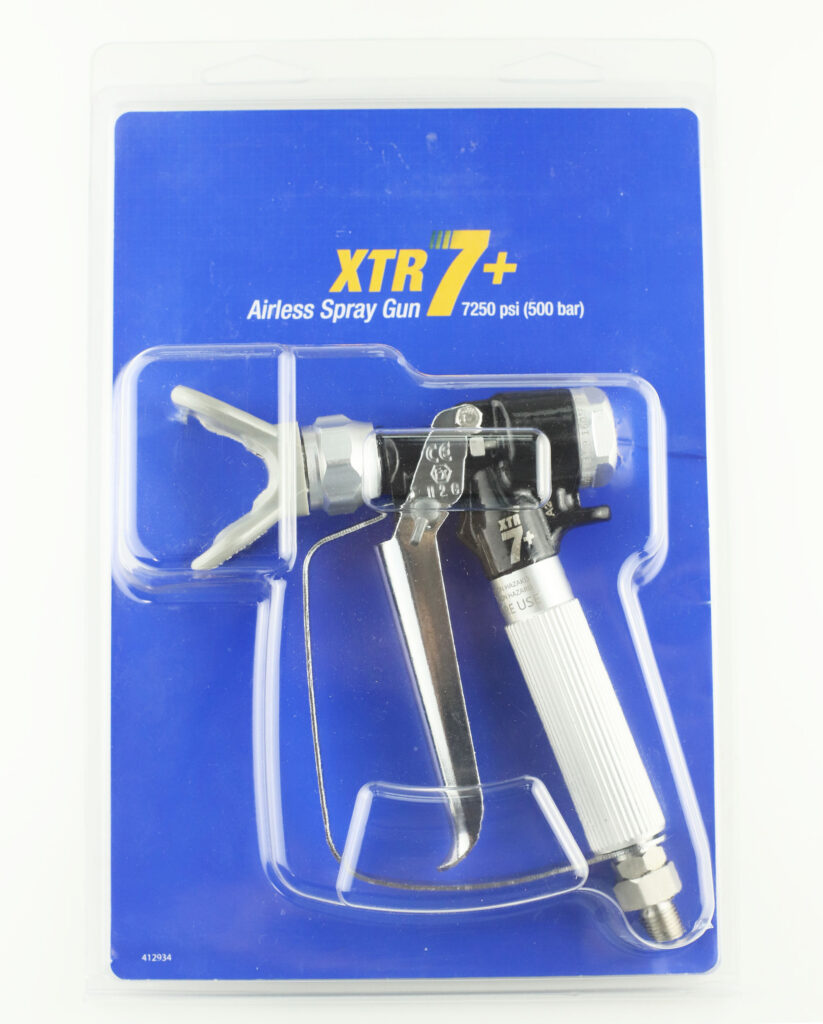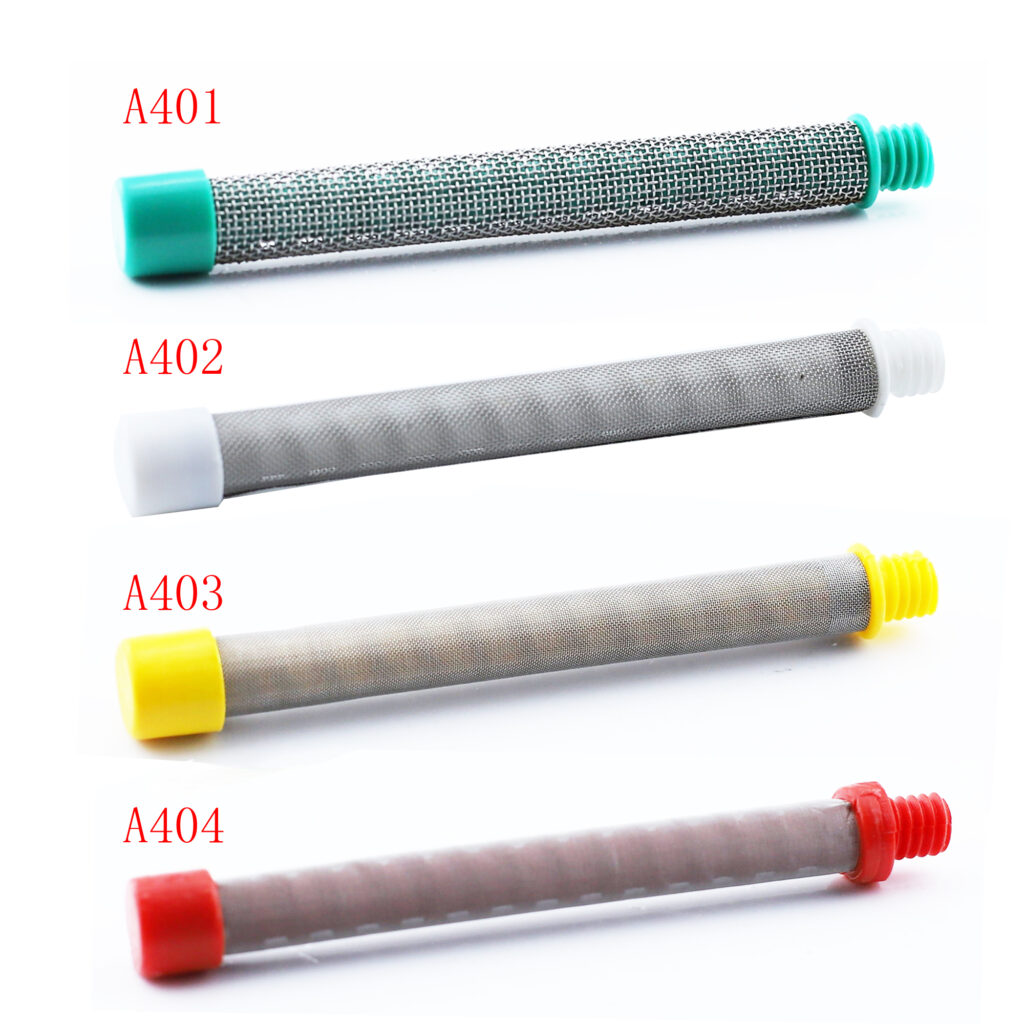The spray pressure of an airless paint sprayer is crucial in determining the quality of the paint job and the efficiency of paint usage. Selecting the appropriate spray pressure ensures the quality of the application, reduces paint wastage, and extends the lifespan of the equipment. This article will explore how to choose the right spray pressure for an airless paint sprayer, offering related advice and tips.

1. Understanding the Basics of Spray Pressure
Spray pressure refers to the force required to push the paint through the nozzle of the spray gun. An airless paint sprayer, such as those from the SCENTURY brand or China airless paint sprayers, uses this pressure to atomize the paint and apply it evenly on the surface. Different paints, nozzle sizes, and application requirements necessitate varying spray pressures. Excessive pressure can lead to over-atomization, increasing paint waste, while insufficient pressure may result in uneven coating, affecting the finish quality.
2. Consider the Type of Paint
Different types of paint require different spray pressures. For example, thinner paints like varnish or lacquer generally need lower spray pressures, whereas high-viscosity materials like waterproof coatings or putty require higher pressure. When using products such as Graco airless sprayer parts or China made Graco pump parts, it’s essential to adjust the spray pressure according to the type of paint being used.
3. Adjust Pressure Based on Nozzle Size
The size of the nozzle also affects the choice of spray pressure. Larger nozzles allow a greater volume of paint to pass through and typically require higher spray pressure to maintain an even application. Conversely, smaller nozzles necessitate lower pressure. For instance, when using Graco pump repair parts with varying nozzle sizes, adjusting the spray pressure accordingly ensures optimal paint distribution.

4. Impact of the Work Environment
The working environment also plays a role in determining the appropriate spray pressure. Temperature and humidity can affect paint flow. In colder conditions, paint viscosity tends to be higher, necessitating an increase in spray pressure to achieve a good finish. In contrast, in warmer or more humid environments, lowering the spray pressure may help prevent the paint from running or sagging.
5. Adjustment and Testing
In practice, it’s advisable to perform pressure tests before beginning a project. Start with a lower pressure and gradually increase it until you find a range that provides good coverage with minimal paint waste. This approach is especially important when using SCENTURY brand airless paint sprayers or China airless paint sprayers, ensuring the equipment operates efficiently.
6. Importance of Equipment Maintenance
Selecting the correct spray pressure not only impacts the quality of the application but also affects the longevity of the equipment. Excessive pressure can cause additional wear and tear on parts such as the pump or nozzle. Therefore, maintaining a reasonable spray pressure helps extend the life of your airless paint sprayer and reduces the frequency of repairs using Graco pump repair parts or other similar components.

Conclusion
Choosing the right spray pressure involves considering factors such as the type of paint, nozzle size, working environment, and the performance of the equipment. With proper adjustment and testing, you can find the optimal spray pressure that ensures efficient application, reduces costs, and improves the quality of the finish. Following these guidelines will help you get the best results from your airless paint sprayer, whether you are using Graco parts, China airless paint sprayers, or SCENTURY branded equipment.
